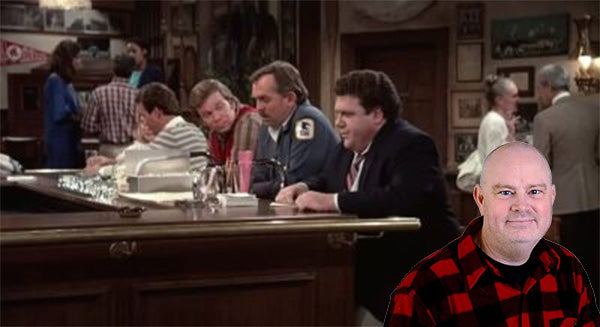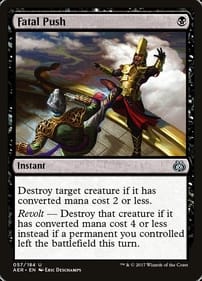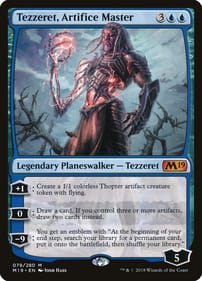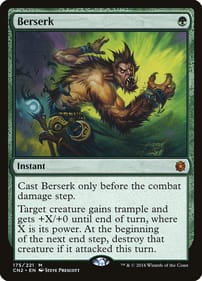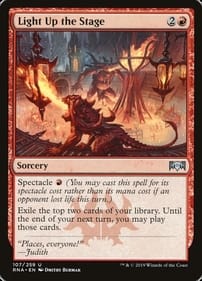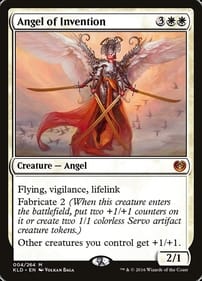Why Not AI Actors?
By Dan Brown One AI-generated actress tries to get an agent, and all of sudden Hollywood loses its mind. That’s what happened over the last couple weeks when the company behind Tilly Norwood, the AI performer, shopped its creation around Tinseltown to talent agencies in hopes of attracting representation – as reported in outlets like the Hollywood Reporter. Tilly buys iced coffee on the street. Tilly has money problems. And even though Tilly has an Instagram account like other celebrities, she’s not a real person. It’s a character, a program that could even be a useful tool in the hands of the right filmmaker. (Tilly also waves a lot, I think to show that her hands don't have any extra digits.) Among those speaking out against Norwood was SAG-AFTRA, the union that represents the human actors who appear in movies and on television in the U.S. “It has no life experience to draw from, no emotion and, from what we’ve seen, audiences aren’t interested in watching computer-generated content untethered from the human experience,” the union huffed in a statement, “It doesn’t solve any ‘problem’ — it creates the problem of using stolen performances to put actors out of work, jeopardizing performer livelihoods and devaluing human artistry.” Does this union know anything about movie history? At its most basic, Tilly Norwood is just the latest special effect in an industry whose trade is making unbelievable things look real. And computer-generated characters have been on our screens since at least the early 1990s, when George Lucas used them as background actors in The Young Indiana Jones Chronicles, paving the way for his Star Wars prequel trilogy. It’s funny, because when Lucas debuted the character Jar-Jar Binks in 1999’s The Phantom Menace, I remember a lot of griping about the Gungan by critics, but no one complained the alien was putting anybody out of work due to his being a CGI creation. Animation itself goes back several decades deeper into the past. Has SAG-AFTRA ever objected that Foghorn Leghorn was a danger to its members? As for the charge that Norwood was trained on the performances of human actors without compensation, that holds water. It’s also what flesh-and-blood performers have been doing since acting was invented. Did Christian Slater ever pay Jack Nicholson for being the basis of his character in the 1988 film Heathers? No, because there’s a time-honoured tradition that younger actors study classic performances – by Nicholson, Marlon Brando, Meryl Streep, Al Pacino, take your pick – and then swipe the mannerisms of their elders, incorporating them into their own work. No doubt the union heads are working on a way to outlaw that “theft,” too. Also, I hate to break it to SAG, but agreeing to represent an AI isn’t the sleaziest thing a Hollywood agent has ever done to make a buck. Me, I’m old school. I happen to believe no AI or CGI or any other character brought to life by means of technological trickery will ever be able to approximate what the best actors can do on the movie or TV screen, or on stage for that matter. From what I’ve seen so far, they won’t even be able to come close. But if audiences decide they want to watch Tilly Norwood over the real thing, who am I to say they’re wrong? Here’s a novel idea: Let’s let the market decide. Dan Brown has covered pop culture for more than 33 years as a journalist and also moderates L.A. Mood’s monthly graphic-novel group.
Why I Love Character Actors Like George Wendt
By Dan Brown “Norm!” If that one word brings to your mind the image of a rumpled figure plopping down on his favourite bar stool to wearily take the first sip from a mug of draft, then George Wendt can go to his reward knowing he did a good job. If you watched television in the 1980s and 1990s, you will know Wendt as the performer who brought everyone’s favourite wise-cracking barfly to life on Cheers, the sitcom featuring a group of lovable losers in a Boston bar. Wendt, who died May 20 at the age of 76, was Emmy-nominated six times for playing the role of Norm Peterson, which earned him a spot in the pop-culture canon. His example also demonstrates how the right character actor can make an entire series come alive. Wendt so expertly inhabited Peterson that it’s impossible to imagine any other player in the same part. That’s why I love character actors. They are so talented, they can make something special out of a nothing role. I’m talking about your George Wendts, your Stanley Tuccis, your Stephen Roots, your Judy Greers. These B-listers are geniuses for doing the improbable: They make a living as actors without ever getting typecast. Give me a skilled character actor over a leading man or lady any day. I find them much more interesting than any Tom Cruise, Brad Pitt, or Sandra Bullock. The best character actors exemplify Morgan Freeman’s maxim that “Steady work is better than stardom.” The thing about a guy like Cruise is, I can’t relate to him. His enduring good looks, flawless body, and smooth patter give me pause because I don’t know anybody who has stayed as perfectly preserved as he has over the decades. In the final analysis, such perfection on the big or small screen is just boring. After Cheers went off the air in 1993, Wendt had a second act on Broadway in productions of Elf, Hairspray and Breakfast at Tiffany’s, plus he continued to be a perpetual guest-star on shows as different as The Larry Sanders Show, Fresh Off The Boat, and Spin City. A Second City alum, Wendt became an unofficial cast member on Saturday Night Live for a number of episodes. Talk about versatility! It certainly didn’t hurt Wendt when the Cheers producers would assign him a juicy zinger for the cold open of many an episode. The harried Peterson’s desire, or perhaps need, to grab a beer as soon as he walked through the door helped cement his Everyman appeal. Male viewers may have wanted to be Ted Danson’s Sam Malone, but in their hearts they knew they were really more like Norm. Whatever you want to call George Wendt, he wasn’t a “star.”. He was a working actor who played his part so lovingly he wormed his way into the collective memory. He proved the truism that there are no small roles, just small actors. So raise a glass to George Wendt and the other character actors we love. They may not win the biggest awards, but they steal scenes left and right. Dan Brown has covered pop culture for more than 32 years as a journalist and also moderates L.A. Mood’s monthly graphic-novel group.



